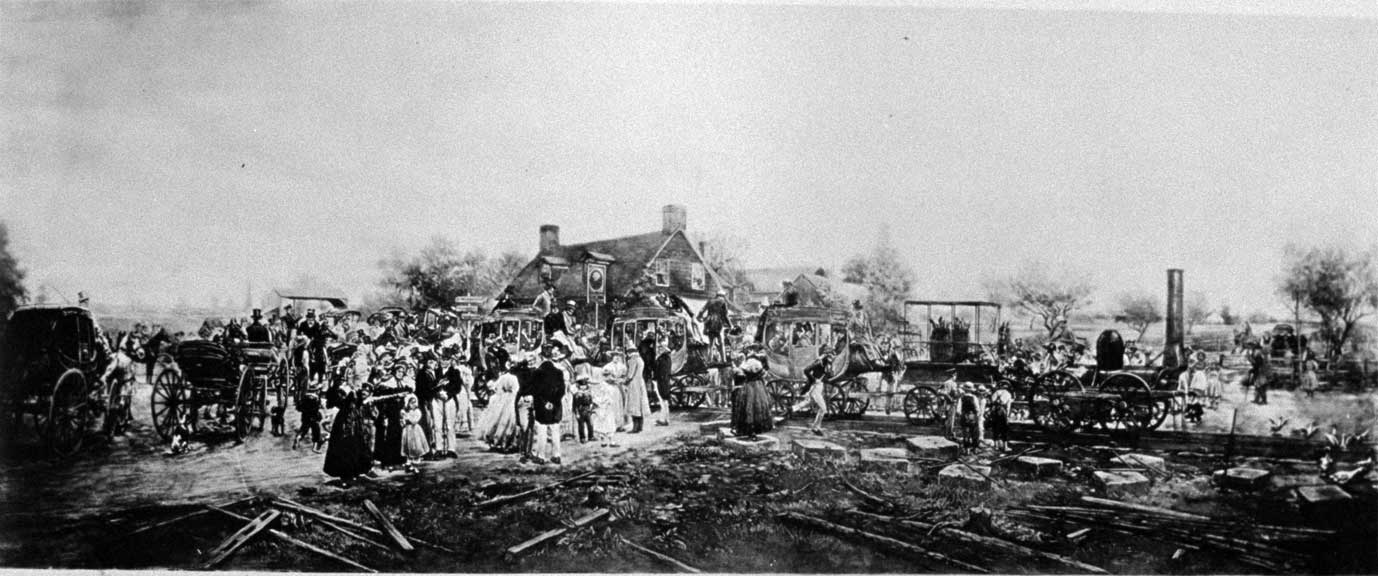The Dewitt Clinton

The depression severely effected the railroads as it did every other major industry. It also served to mask other more lasting technological changes that eventually ended the dominance of rail transportation. The thirties marked the beginnings of the air age. The first commercial passenger craft like the Ford Trimotor was introduced, to be followed by the DC-3. America had begun its love affair with the automobile. World War II deleyed the inevitable but the days that long haul trains would be king were numbered. Trucks soon began to effect rails monopoly on freight traffic. The rails experimented with forms of combined truck rail traffic, and eventually that would become a major part of their freight business. By the end of the 1960's American passenger service faced abandonment, as most lines were losing money on the service and were unable to reinvest the funds necessary to maintain service. The government under the auspices of a newly formed government company Amtrak took over passenger service.
The period was also a time consolidation in the industry. Many lines merged with each other. The situation was extremely severe in the Northeast, the area that had given birth to the first rails, most of the major lines either merged or went bankrupt, or in the case of the New York Central and the Pennsylvania railroads did both. Almost all the railroads of the Northeast were merged into Conrail. .
 >
>